Q1 2023
Hey everyone, I am back for another year of rambling from my little island in the Atlantic Ocean off the northwestern coast of the Scottish mainland. The winter has come to an end beautifully with more snow and some incredible shows of northern lights. It's also been an exciting first quarter at Wild Audience and I can't wait to tell you all about it.
Here are some pictures of my little winter wonderland:

Anyhoo… I am here to tell you the story of our team while we grow our products Wildmetrics and Wild Mail.
As you probably guessed from the title of this report, it's all about our people and the culture we are trying to build. I’ll share my experiences, thoughts, and learnings as we progress on this journey and open up about the challenges and topics that are perhaps avoided sometimes.
You can find our past reports on our Culture page here. With no further due, welcome back to our Culture & People Report series!
First, here is a quick team update from Q1 2023:
Team update:
Andreea attended two weddings with her partner and took a short break in the mountains to relax and unwind.

In Q1, Alban continued his amazing adventure through South America. He travelled to Mexico with his girlfriend and a close friend of his.
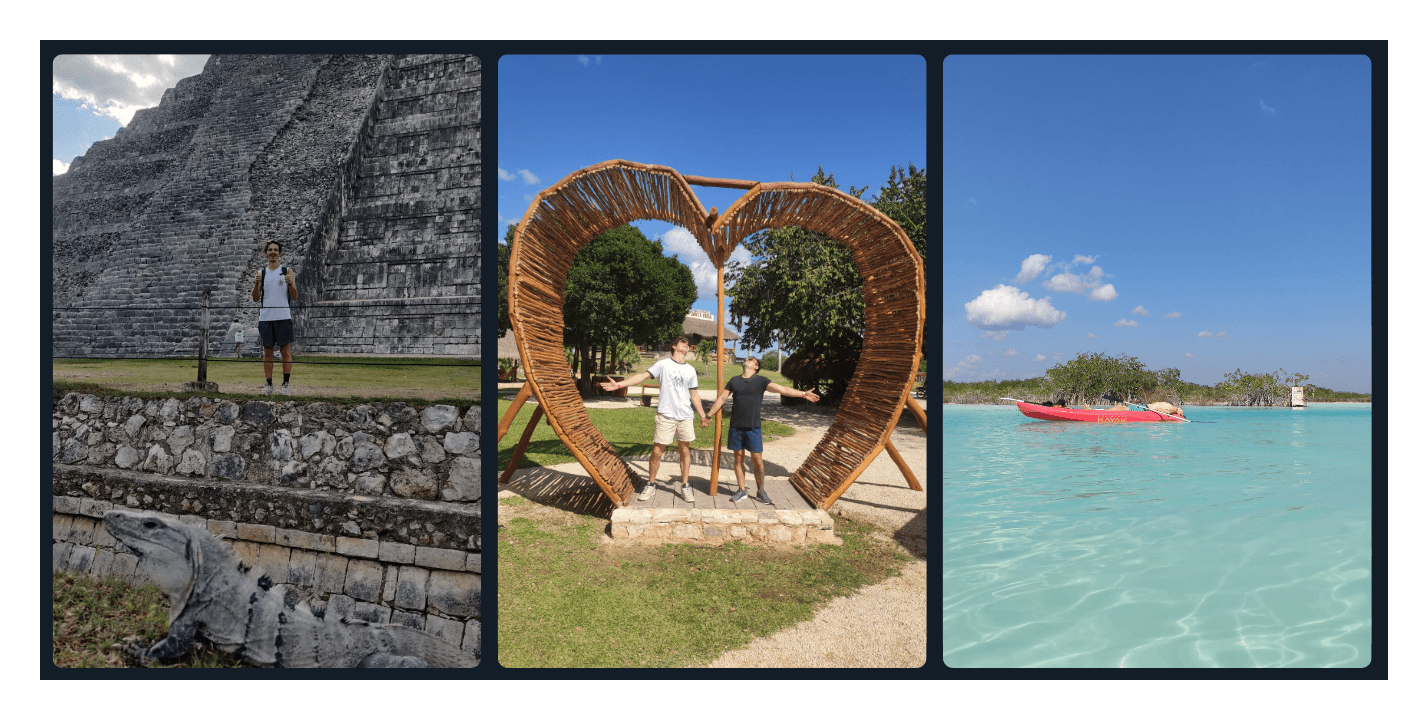
Bastian recently moved to a new place so he was on a mission to buy a ton of plants to make it cosier, spent some quality time with friends and family cross-country skiing and playing chess. Not to mention a visit to the family's chickens.
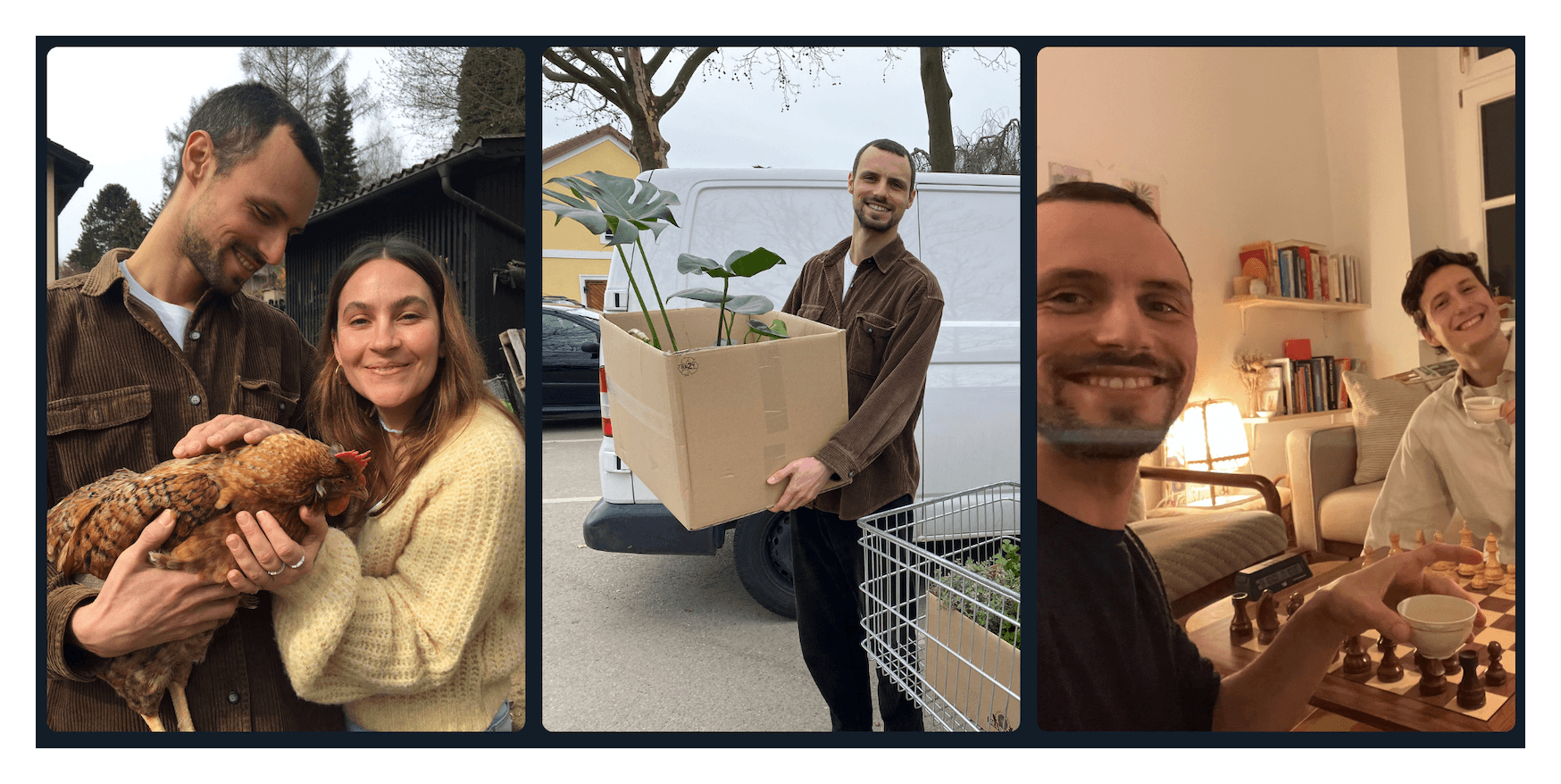
Benji spent a lot of time with friends and family, celebrating Kiara's first birthday (with some cute cupcakes) and his second Father's Day with his little girl.
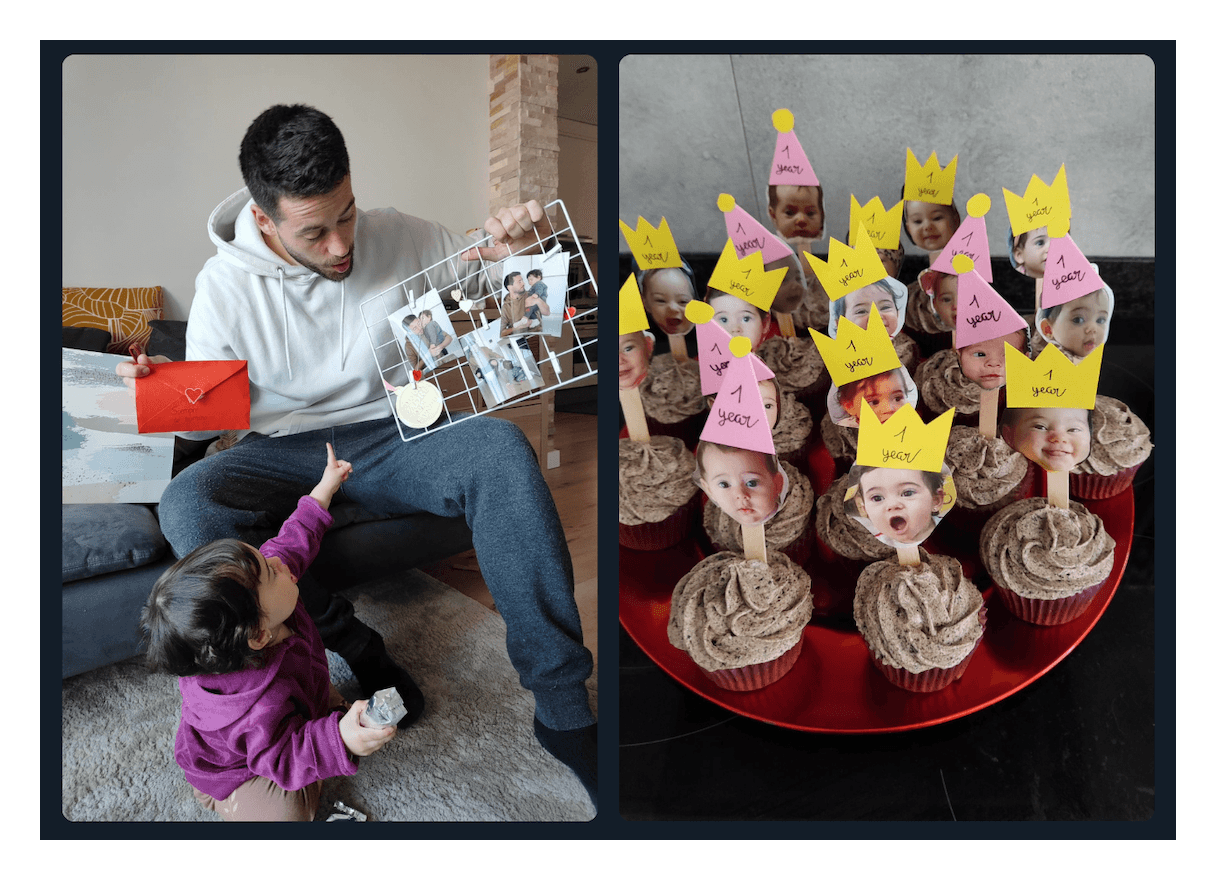
Franco explored the beauty of his own country and alongside his girlfriend, travelled to the stunning Neuquén Province in Argentina.
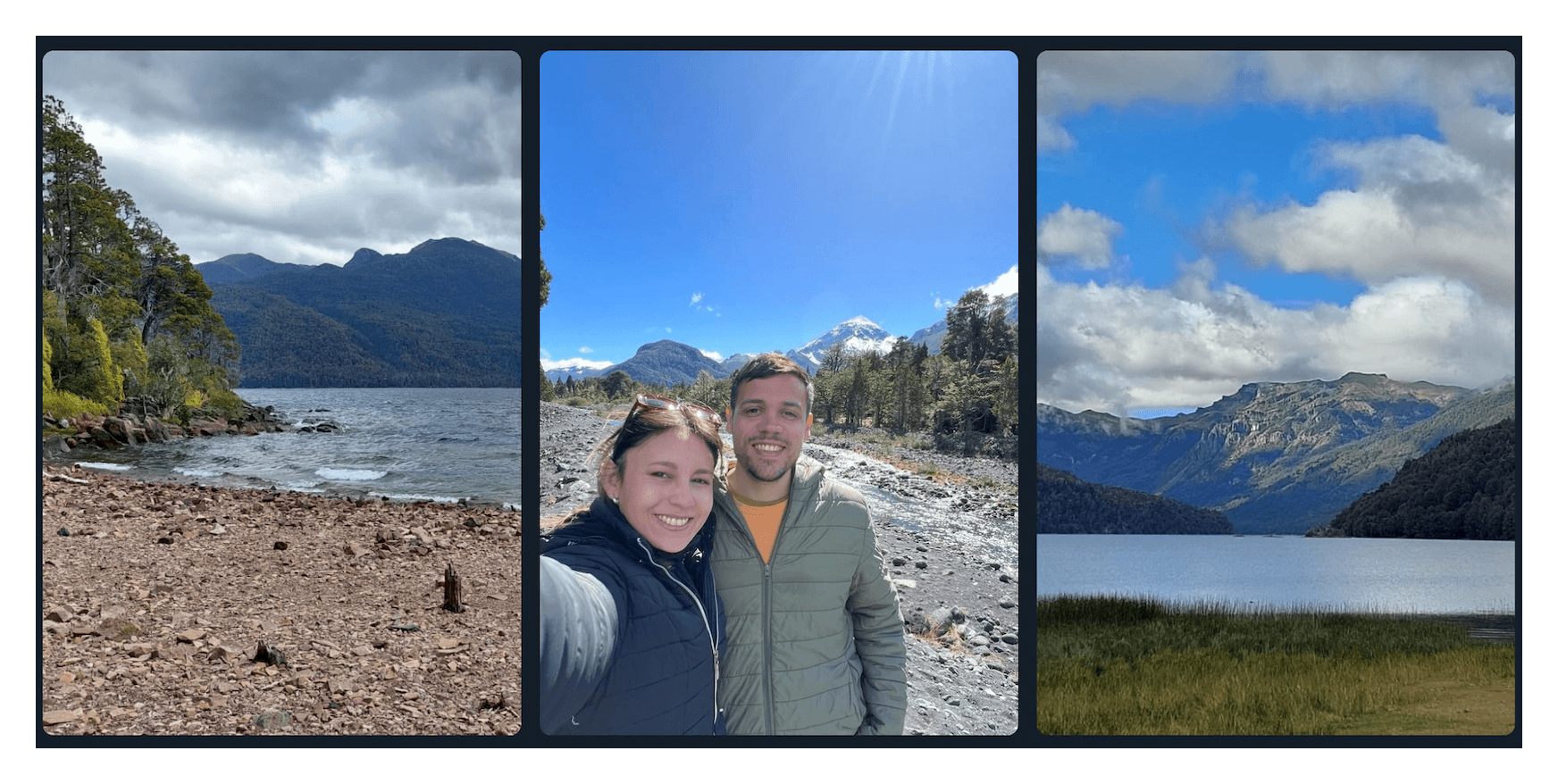
Leo participated in a Capoeira training event in Granada and explored a Japanese park in Alahurín de la Torre with his family.
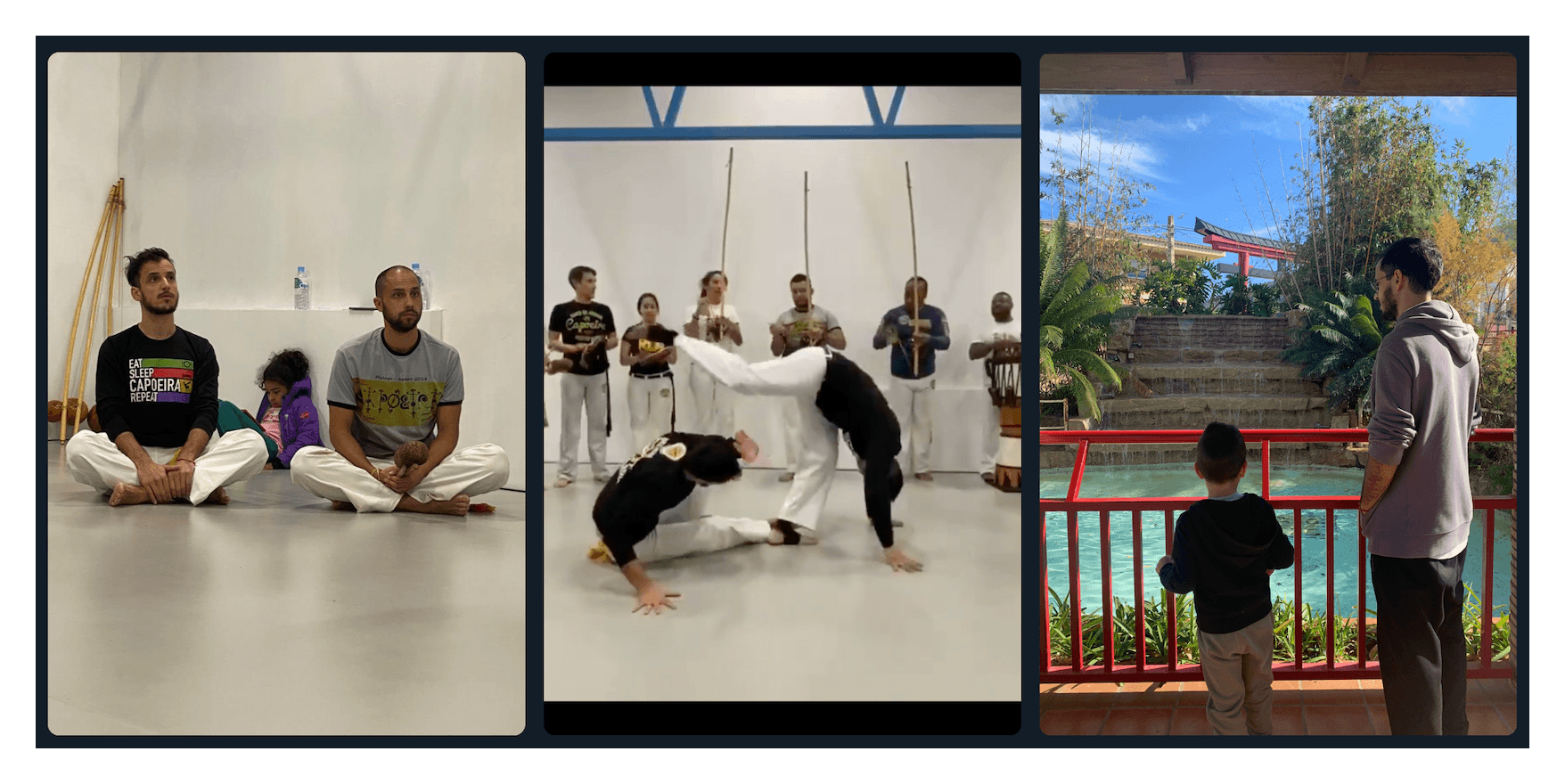
Luis practised a lot of sports, including football and padel. He also attended the traditional Fallas in Valencia and a fan of Game of Thrones, he even got the chance to sit on the Iron Throne.
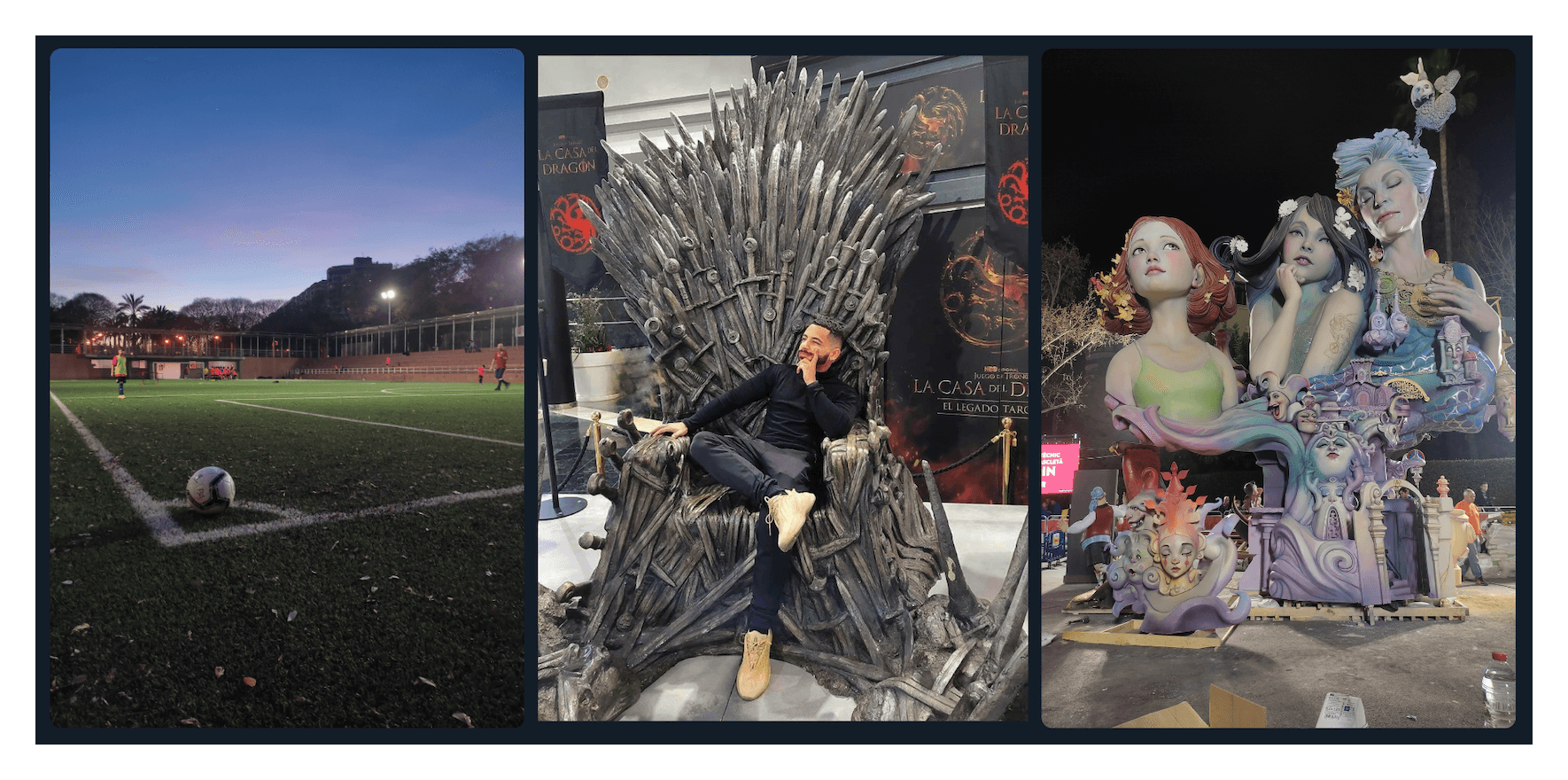
Pancho spent a lot of time at the beach, enjoying some family time. He also had some alone time in Patagonia, surrounded by lakes and mountains, for the first time in a long time.
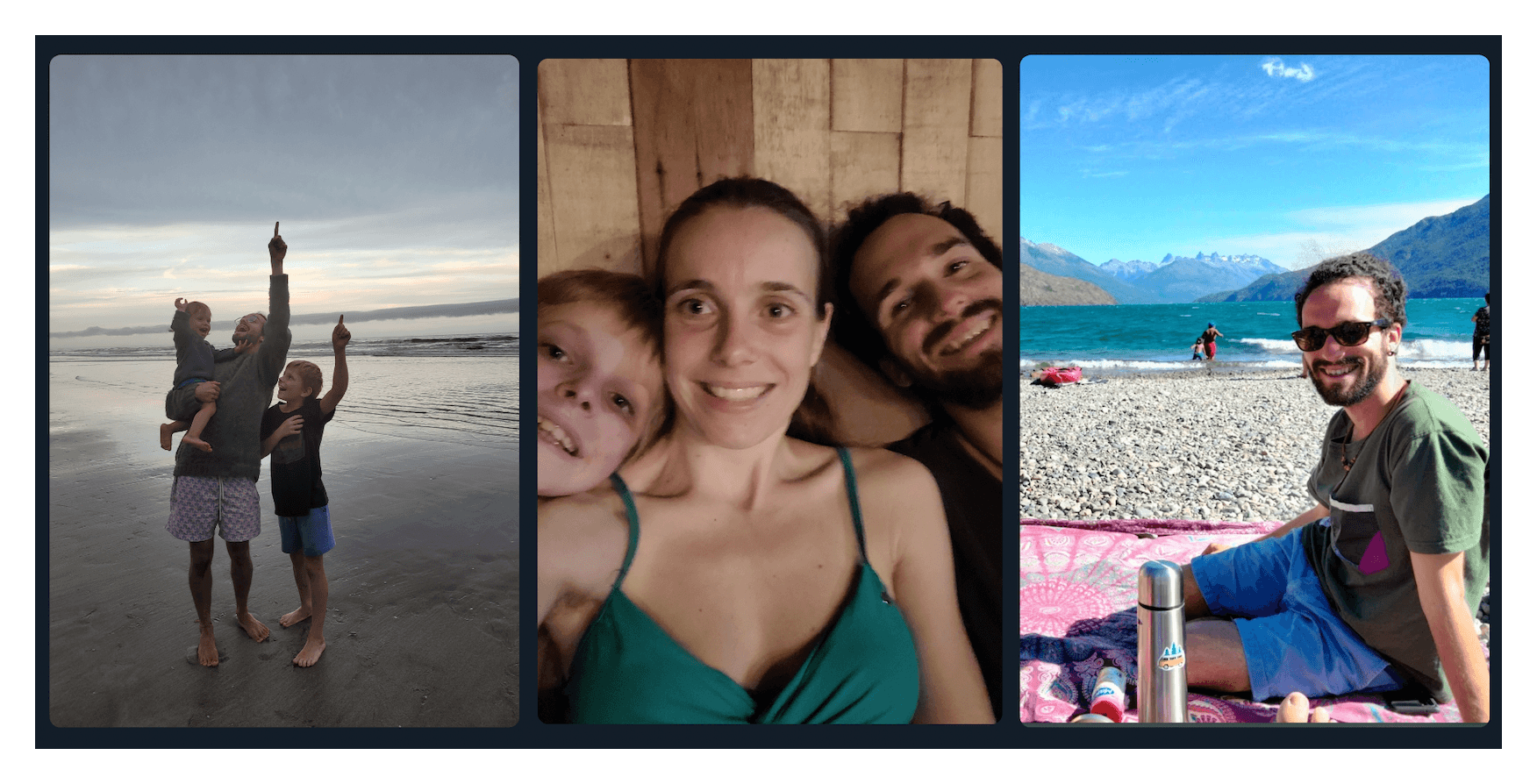
As for myself, I finally started painting again after spending a lot of time renovating my studio space. Additionally, I spent time outdoors in the snow and went hiking frequently.
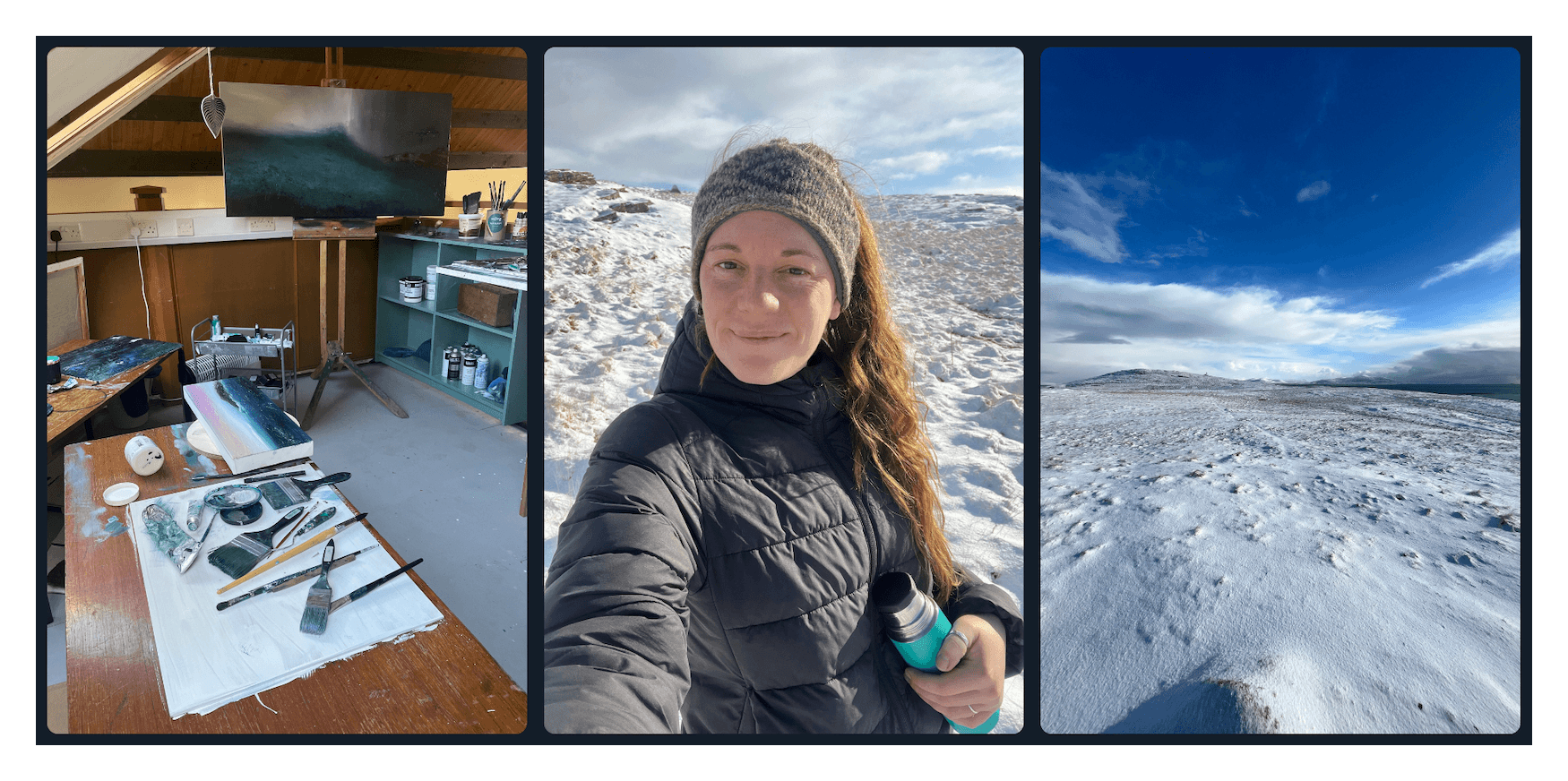
Team meetups
In Q1, Andreea and Luis met up in Valencia a couple of times to work together. Benji and Jason took advantage of a marketing event they were both attending to meet up.
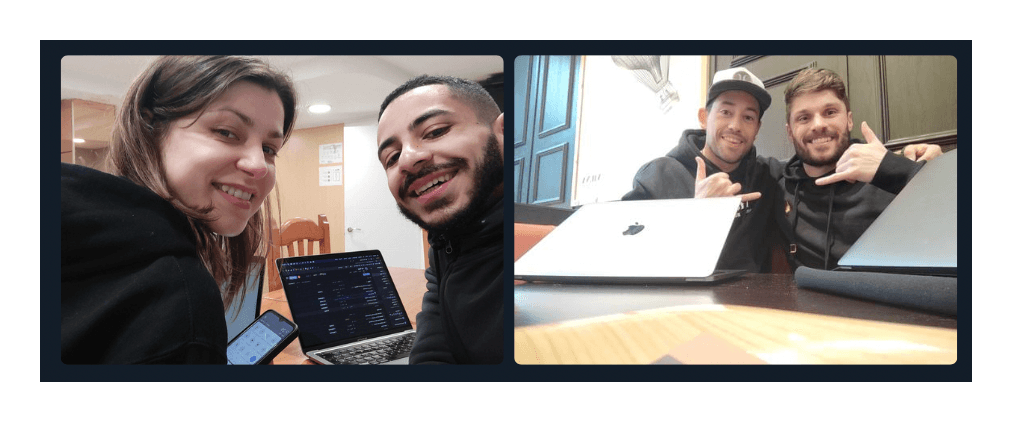
Culture Reflection
This year, we have decided to experiment with different ways of working to provide existing and new team members with the flexibility to balance their work and personal life. This includes part-time work, a four-day workweek, and asynchronous communication. Here is some context and a brief explanation of what, how, and why.
4-day workweek trials
I first heard about the concept of a 4-day work week in 2019. At the time, I was following Wildbit, a company that was already working this way since 2017 and had no intention of returning to a traditional schedule. Unfortunately, we entered unknown territories with the pandemic and it went completely off our radar, as we thought that it wasn't the right time.
In 2021, another startup Buffer was experimenting with a four-day workweek and it got me thinking about it again. I really liked the idea because it aligns with the culture we are trying to build, and it would be a great tool to help my team achieve a better life balance. In parallel, I was taking Fridays off here and there to have long weekends and it is amazing how much of a difference one day can make!
I decided to dive into the topic to learn more about it and understand how to implement it without disturbing the team too much. Change can be hard, and not everyone reacts and adapts to it in the same way.
I collected feedback from the team and started to plant some seeds. It was interesting to learn that half of the team found the idea of working a 4-day week intimidating and stressful. At that point, I was pushing people to take time off, so it wasn't such a surprise. However, I struggled to understand why some people wouldn't want to have more time for themselves and to spend with their loved ones if given the opportunity.
This really opened my eyes to the misconceptions surrounding the idea of working a 4-day week. I realised that this concept, much like asynchronous communication (which I'll touch on later), can often seem too abstract for people to grasp. It became clear to me that in order to truly answer people's questions and address their doubts and concerns, we would need to try it out, document the entire process, and let the experiment speak for itself to provide a comprehensive understanding of what this kind of work schedule can look like in practice.
Towards the end of last year, I realised that changing the way I work was no longer something I wanted, but instead, something I needed. I knew it was a necessity for my own well-being, as well as for the well-being of the entire team. I was already convinced that this change would positively impact each team member individually, and benefit the team as a whole, and ultimately, the company itself. I created a research document to propose a 4-day workweek trial. In this document, I explained the how and why of the plan, who would be impacted, and how to implement it, and listed the expected benefits as well as the expected negatives and challenges. This brought clarity to the team, and we agreed to have a trial year in 2023.
The plan is to slowly introduce a series of trials, one after the other, so that 95% of the team will be working a 4-day week by the end of the year. We believe that this shift will not only improve the well-being of our team members but also maintain if not increase their productivity. By having a 3-day weekend, our team members will have more time to relax, recharge and pursue their interests outside of work, which will ultimately lead to more fulfilment, motivation and job satisfaction.
Here is the plan we have in mind:
Q1 (February to April): first trial (Emilie)
Q2 (May to July): a second trial with a team (growth team or engineering team)
Q3 (August to October): a third trial with a team (growth team or engineering team)
However, we recognize that implementing a 4-day workweek will not be without its challenges. One significant challenge we face is figuring out how to make it possible for our support team, which is currently only one person. We are and will be exploring different options to offer this to our support team without compromising the quality of service we provide to all of our customers.
Part-time work
Towards the end of 2022, Pancho expressed his desire to have more time to spend with his family and experiment with part-time work. He wanted more time every day rather than having a more condensed week with a 3-day weekend. We totally understand that and can appreciate that a balanced life means different things to different people. After a few discussions, it was decided that starting from January 2023, he would start working part-time. This is a new trial for us, and we are eager to see how it unfolds for Pancho and the rest of the team. We believe that offering part-time work could be a great benefit to existing and future team members as well.
We are excited to experiment with new ways of working that will provide more flexibility and fulfilment to our team members. We believe this is the future of work. I am very excited to share the findings and lessons learnt with my team and others who may be considering making a similar change in their own work lives.
Asynchronous communication by default
As a team, we've shifted to asynchronous communication by default, which has been a game-changer. The benefits of async communication go beyond just producing the best work results; it allows people to do more meaningful work and live fulfilling lives.
What is asynchronous communication? Asynchronous communication is when you send a message without expecting an immediate response which is the opposite of synchronous communication when the response is immediate (often with meetings or even real-time chat messaging via Slack).
Have you banned meetings and synchronous communication altogether? No, but this is the main misconception about async communication. Sometimes, meetings or real-time chat messaging are more appropriate for the situation and/or needed for the project we are working on. We are just more intentional and thoughtful about the way we communicate and use our time.
Why this change? One thing has become clear recently, we work remotely to be more flexible and have more freedom, yet we often feel exhausted or burned out. We lack boundaries, leading to constant interruptions and difficulty focusing. By removing the pressure of having to be constantly available and responsive, each team member has found a routine that works for them, allowing them to feel in control of their time and attention, enabling deep work, creating a calmer, more productive, and quality-focused environment, as well as a people-first approach to work.
It's quite funny or scary to think that a couple of years ago we were having daily standups first thing in the morning and weekly 1:1s, jumping on calls for any reason and disturbing each other's flow constantly. I honestly don't know how we used to get any work done.
As the team grew, we had an opportunity to review our communication practices as our dynamics changed. We restructured the team and received a lot of helpful feedback from existing and new team members, which made it clear that we needed to do things differently. We updated our communication guidelines to provide clarity and establish work boundaries, as well as to offer a guide for asynchronous communication within the team. This guide will help team members choose between synchronous and asynchronous communication and provide considerations for effective asynchronous communication.
I am constantly learning and experimenting to provide helpful tips for the team. By being thoughtful in our communication, we can ensure that messages are clear, complete, delivered kindly, and lead to productive results. While asynchronous communication may take more time and planning, it is worth it and has a positive impact on everyone. We have had some trials and errors, but as individuals and as a team, I think we have found a sweet spot.
This concludes my report, everyone. If you've made it so far, thank you for reading and I hope you enjoyed it :)
I'll see you in the Q2 report for updates on:
The team
Our 4-day workweek and part-time trials
Our new compensation philosophy
See you soon :)